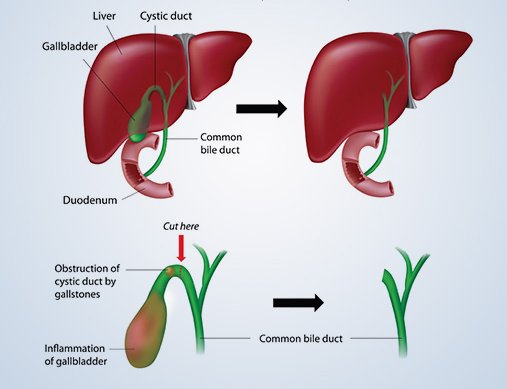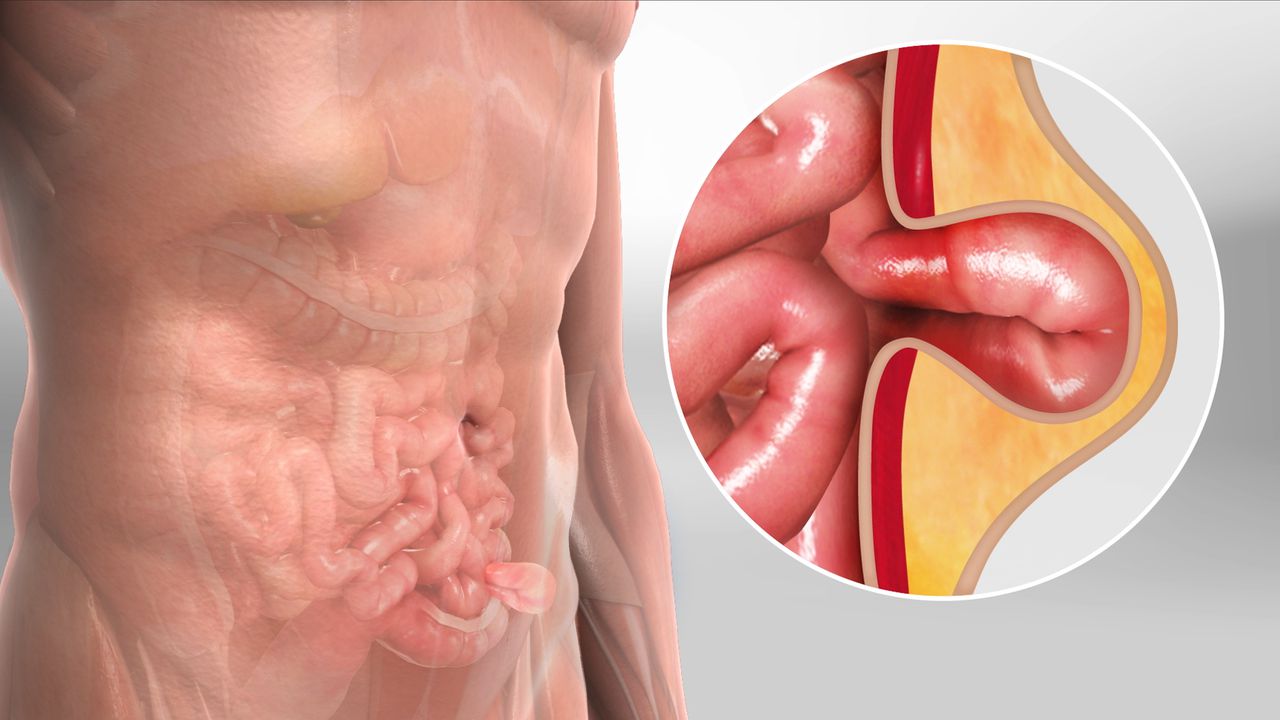
Colon cancer is one of the most common types of cancer in Australia, and Diverticular disease is a widespread problem in the Australian population. Surgery for colon cancer gives the best chance to cure the disease if diagnosed in the early stages. The majority of Colorectal cancer surgeries can be done with a keyhole approach in elective settings. Diverticular disease can cause symptoms ranging from pain to perforation of Bowel, causing peritonitis and sepsis. It can also cause abnormal communication between the bladder and the Bowel. Diverticular disease does not require treatment unless the patient has recurrent infections or develops complications.

Surgery to remove Gall Bladder is called Cholecystectomy. The gallbladder is a small organ that sits on the undersurface of the liver in the upper right side of the abdomen. The gallbladder collects and stores bile, a digestive fluid made in the liver, that helps in digestion of fat. Surgery to remove Gall Bladder is called Cholecystectomy. The gallbladder is a small organ that sits on the undersurface of the liver in the upper right side of the abdomen. The gallbladder collects and stores bile, a digestive fluid made in the liver, that helps in digestion of fat. A cholecystectomy is usually done by Keyhole approach. In unusual cases, one large incision may be used to remove the gallbladder (the risk of converting to open is less than 0.5%). This is called an open cholecystectomy and requires a more extended hospital stay and recovery.

Abdominal wall Hernia can occur in the Groin, Central Upper abdomen, belly button and previous surgical incisions site. All hernias should be considered for repair as they become bigger over time. There is always a risk of Bowel or fat getting caught and causing a loss of blood supply, which requires emergency repair. Each hernia repair is different and tailored to the situation. Laparoscopic groin can be done as day surgery but major incisional hernia might stay for several days in the hospital. Depending on the site and size of the hernia, the operation can be performed with a Keyhole or open approach. Smaller hernias are relatively simple to repair. Most hernia repairs are done with mesh as it has been shown to reduce the chance of hernia returning. Tiny Umbilical and Epigastric hernia can be closed only with sutures, which means no mesh. The larger that hernias become, the more involved the surgery (and hence recovery), another reason to attempt earlier repair where possible.